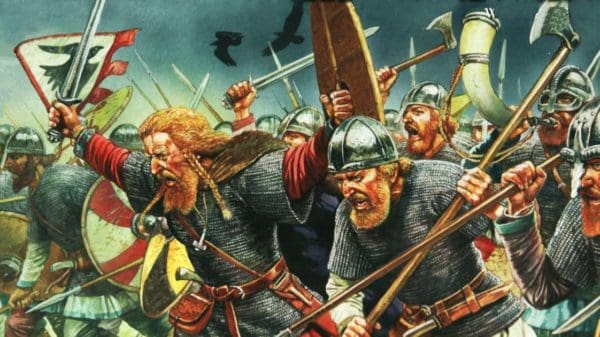The Vikings were Scandinavians adventurers from modern-day Denmark, Norway, and Sweden. They took their name from the term for a person seeking adventure, “Vikingr”, or the practice of traveling in search of adventure – to go a Viking.
Mention the name, and most people think of savage raiders of the English coast, ‘heathen men” as the Anglo-Saxon Chronicles describe them, or as adventurers who discovered Greenland and Iceland – and, according to legend, North America.
There are many places associated with the Vikings. Here are five that are not so well known, which flesh out the fables with archaeological fact, and in some cases shed light on the lesser-known history of these Norse adventurers.

Saaremaa, Estonia: The Beginning of the Viking Era
Historians date the beginning of the Viking age to June 8, 793 AD, when the church and monastery on the island of Lindisfarne were destroyed by Vikings in search of rich pickings. But evidence from a small Estonian island suggests that Norsemen were raiding and trading much sooner than this.
In 2008, archaeologists on the island of Saaremaa were surprised to discover an ancient boat containing the bodies of seven men, aged between 18-45-years-old. Old wound marks on the bones suggested some were seasoned warriors. Even though the wooden hull had mostly rotted away, archaeologists were able to reconstruct the boat from nails and rivets. The vessel was a warship, measuring 38 feet long. Narrow and light, it was without a sail, meaning its crew would have had to row it through short stretches of sea, hugging the coast and skipping between islands. Radiocarbon dating of the remaining wood dated the craft to between 650-700 AD.
Two years later, a second boat was discovered. Larger at 55 feet long and 10 meters wide, this one was 50 years younger than the first craft. A cluster of wood, iron and fragments of cloth suggest a mast and sail, meaning its crew could sail longer distances. This boat also contained burials. Over 30 were found carefully arranged, stacked in four rows. Their weapons and belongings accompanied them, including four dogs and a hawk. Each man had been carefully covered with his shield.
Despite the difference in ages and styles, both boats were part of the same event. Whether trading or raiding, they were involved in a conflict and the surviving comrades buried the dead. Isotopic analysis of bones has established the fallen warriors as Scandinavian in origin. This, plus the style and design of weapons and the dead mens’ grave goods identifies them as Vikings 50-100 years before the Viking era supposedly began. The Saaremaa boats are the oldest Viking boats in the world. The marked differences in the style of the boats show that the Vikings’ nautical technology moved quickly in the years intervening years between each boat’s construction.

